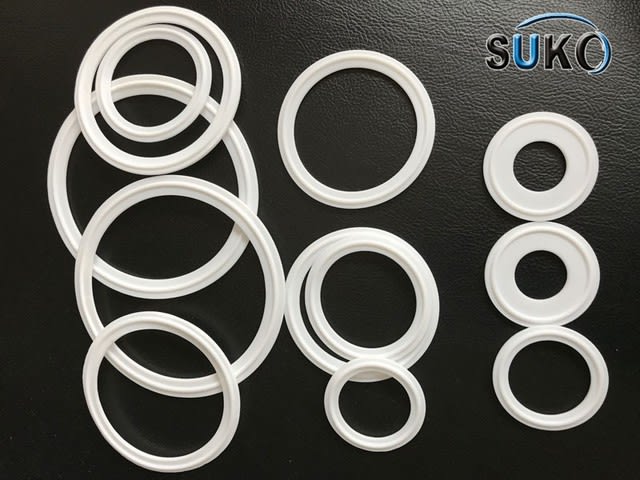Molded products have excellent electrical properties (especially anti-leakage properties), mechanical properties, heat resistance, fire resistance, chemical corrosion resistance and dimensional stability, and can be adjusted according to the needs of each component type and dosage to obtain products with special performance requirements. The main performance is as follows:
1.Electrical property
Molded plastics are widely used in high voltage electrical applications due to their arc resistance, acer performance, flame resistance, dimensional stability, moulding and low cost. The ability of arc suppression is mainly due to the presence of inert inorganic fillers such as hydrated alumina, silica and ceramic. Add a small amount of polyethylene powder (5% by weight) and use nylon fiber to improve arc resistance. In order to obtain better arc resistance, the resin and glass fiber content should be reduced to the minimum, however, such results reduce the mechanical properties.
2. Mechanical property
The mechanical properties of molding materials vary with the types and proportions of reinforced fibers and resin substrates used. In DMC, when the fiber length exceeds 6.35mm, the modification of product properties is very small.
Most SMC products are made from short-cut felt, and there is no published data on the effect of fiber length changes. Although the length of the general fiber is 50mm, this length is not necessarily suitable for all applications.
Increasing the content of reinforcing materials can improve the mechanical properties, but too much fiber content will bring inconvenience to molding. For example, when the fiber content in DMC exceeds 20%, it has little influence on its mechanical properties.
3. Heat resistance or fire resistance
Heat resistance refers to the ability of products to withstand thermal decomposition for long periods of time below the flammable temperature. "Short-term thermal strength" or "thermal strength" is related to the thermal deformation temperature of the resin. Although some fillers can improve the heat resistance of products, the heat resistance and thermal strength mainly depend on the properties of the resin. Flammability is a measure of apparent combustion, divided into "non-ignition", "self-extinguishing" and "flame-retardant" according to the ability and speed with which a material is able to extinguish easily or when the ignition source is removed. Polyester resins achieve flame resistance by adding halogen and phosphorous compounds and by using alumina hydrate as the main filler in the components.
Phenolic resins are inherently fire-resistant. Halogen compounds and phosphorous compounds, as well as HET anhydride used as hardener, can make epoxy resins flame resistant.
4.Dimensional stability
General molding materials have good dimensional stability, water absorption rate: small, thermal expansion coefficient and aluminum is very similar, when continuous exposure to high temperature, size is almost no change.
5. Corrosion resistance
The chemical resistance or corrosion resistance of molding material mainly depends on the selected resin matrix. The suitable resin and filler can be used to prepare the moulded material which can meet the requirement of resisting special bristle dew
DMC can be made of acid-resistant and alkali-resistant ligulates and acid-resistant epoxy resins. The choice of a resin for SMC is currently limited because the resin must also have a chemical structure that thickens easily. In common fillers, clay and silica have better corrosion resistance and other properties.
6.Contractility














